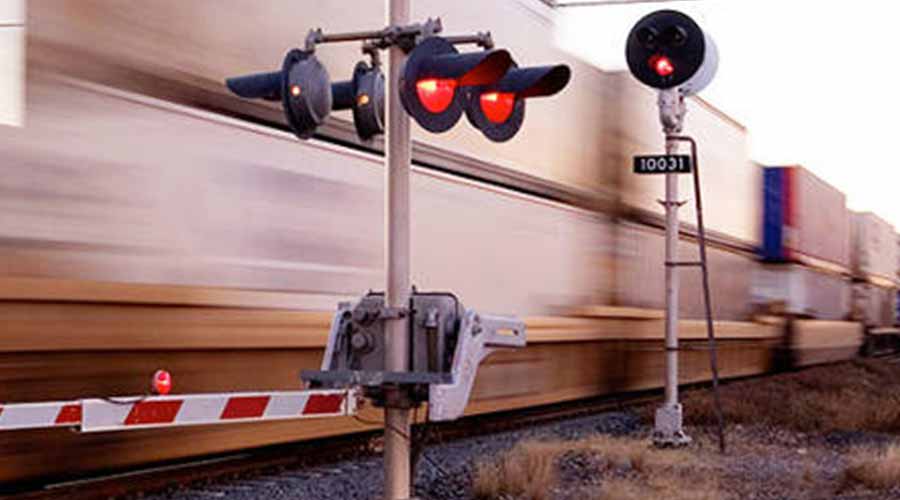Stay updated on news, articles and information for the rail industry
4/19/2013
Rail News: Amtrak
Northeast Corridor faces 'investment crisis,' Amtrak's Boardman says
The Northeast Corridor (NEC) has used up much of its legacy capacity and depleted its infrastructure assets leading to a "major coming investment crisis that, without a solution, will mean strangled growth and deteriorating service," Amtrak President and Chief Executive Officer Joseph Boardman told a congressional committee Wednesday.
"We have pushed the current NEC infrastructure about as far as it can go, but the end of demand and growth is nowhere in sight. A new model for investment is needed. If we do not obtain one, the outlook for the system's capacity and condition is grim," Boardman told the Senate Commerce, Science and Transportation Committee.
The NEC was in a "deplorable state of repair and required major investment" when Amtrak took over the corridor in 1976. The Federal Railroad Administration, Congress and Amtrak invested about $4 billion between 1976 and 1998, transforming the corridor into a modern, electrified, high-speed line that today can handle more than 2,200 trains per day and speeds up to 150 mph, said Boardman.
Even with that investment, however, the NEC today depends on major components built from 1900 to 1930, particularly the electrical system and bridges, which need to be replaced, he said. Many segments are operating at or near maximum capacity.
Amtrak has outlined plans for a high-capacity, high-performance railroad featuring a major upgrade of the existing NEC to accommodate increased and improved commuter, intercity and freight service, and augmented by a dedicated high-speed package on new and existing right of way, said Boardman.
The investment required for those plans will need to come from a variety of sources, mainly federal, but also states and cities in the region, he said.
Private financing will need to play a role, too, "but these contributions will only be truly possible once the public sector has committed to this project," said Boardman.


 2025 MOW Spending Report: Passenger-rail programs
2025 MOW Spending Report: Passenger-rail programs
 Gardner steps down as Amtrak CEO
Gardner steps down as Amtrak CEO
 Guest comment: Oliver Wyman’s David Hunt
Guest comment: Oliver Wyman’s David Hunt
 Women of Influence in Rail eBook
Women of Influence in Rail eBook
 railPrime
railPrime







